
Recommendation
The lion’s share of household responsibilities fell to Eve Rodsky after giving birth to her first child. She felt exhausted and overextended. The experience prompted Rodsky to create a system to rebalance the domestic workload. Based on hundreds of interviews with couples, extensive research into domestic inequality and input from an array of experts, she, with the help of her friends, created Fair Play, a life-management system that rebalances domestic responsibilities, and creates more efficiency and harmony within your home.
Summary
About the Author
Harvard-educated attorney Eve Rodsky is co-founder of the Philanthropy Advisory Group.
Learners who read this summary also read
Book
Book
Book
Book








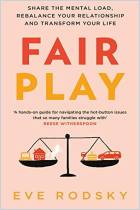
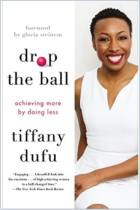
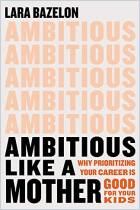
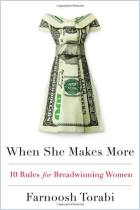

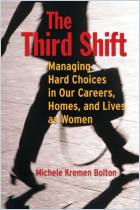


Comment on this summary